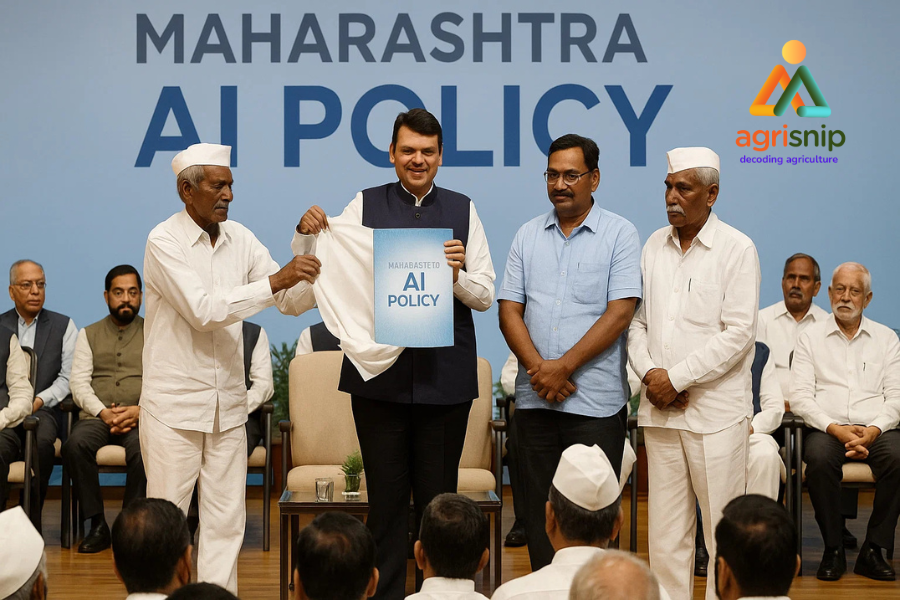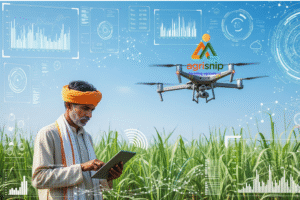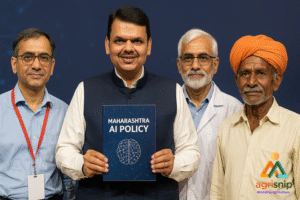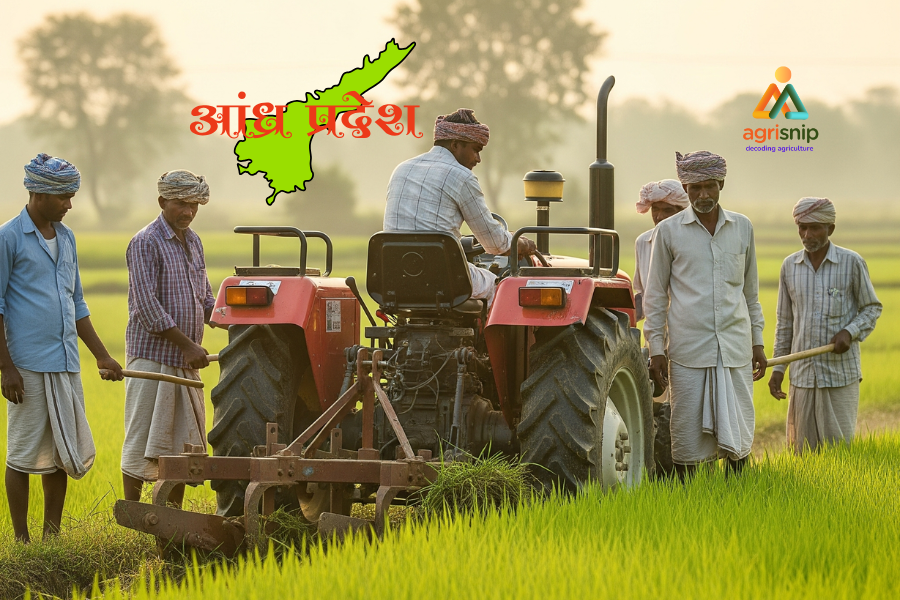
Early Monsoon Rains Raise Hopes for Record Grain Harvest in India
Early Monsoon Rains Raise Hopes for Record Grain Harvest in India
Early and widespread monsoon rains across India have sparked optimism for a record grain harvest this year, as farmers accelerate the sowing of rice, oilseeds, and pulses. According to Farm Secretary Devesh Chaturvedi, the timely arrival of rains ahead of schedule in many regions has allowed farmers to begin planting earlier than usual, setting the stage for a potentially bumper crop season.
Monsoon Arrives Early, Boosts Sowing
The India Meteorological Department (IMD) reported that monsoon rains blanketed the country nine days ahead of the typical schedule, marking the earliest nationwide coverage since 2020. June rainfall was 9% above normal, and the IMD forecasts above-average precipitation for July, the wettest month of the season. This early and abundant rainfall has improved soil moisture and enabled the timely sowing of key crops, particularly in states like Karnataka, Maharashtra, Uttar Pradesh, and Bihar.
“Farmers have been able to begin sowing earlier than usual. If rains continue at a normal pace through the critical months to September, it could benefit both the current crops and the upcoming winter harvest,” Chaturvedi said.
Vital for Economy and Food Security
India, the world’s second-largest producer of rice, wheat, and sugarcane, relies on the monsoon to irrigate more than half of its farmland. The monsoon delivers nearly 70% of the water needed for agriculture, directly impacting crop yields, rural incomes, and inflation. Above-average rainfall not only strengthens food security for India’s 1.4 billion people but also supports economic growth and stabilizes global agricultural markets1.
No Fertilizer or Seed Shortages
Chaturvedi addressed concerns about input supplies, stating that stocks of urea, di-ammonium phosphate, and potash are sufficient for the season, despite India’s reliance on imports for some fertilizers. Seed availability is also being closely monitored to ensure farmers receive certified, high-quality materials.
Government Initiatives and Crop Diversification
While rice remains a preferred crop due to minimum support prices and state bonuses, the government is encouraging diversification. Minimum support prices for pulses, including pigeon pea, black gram, and lentils, have been guaranteed for four years to stabilize supplies and support farmers. The national ethanol blending program is also promoting increased corn cultivation.
Outlook Remains Positive
If the favorable rainfall continues through September, experts and officials believe 2025 could be a record year for Indian agriculture, benefiting both monsoon and winter crops. “This could be a record year for Indian agriculture,” Chaturvedi said, reflecting the positive sentiment shared by farmers and policymakers alike.
With the monsoon off to a strong start and robust support from government schemes, India’s agricultural sector is well-positioned for growth, providing hope for improved rural incomes and stable food supplies in the coming months.
References
- https://www.moneycontrol.com/news/india/early-monsoon-rains-in-india-raise-hopes-of-a-bumper-grain-crop-13228834.html
- https://www.outlookbusiness.com/planet/climate/monsoon-arrives-ahead-of-schedule-in-india-likely-to-aid-farm-output
- https://www.reuters.com/sustainability/land-use-biodiversity/indias-monsoon-covers-country-nine-days-early-accelerating-planting-2025-06-29/
- https://ddnews.gov.in/en/india-likely-to-witness-above-normal-monsoon-rainfall-in-2025-imd/
- https://farmersrathna.com/good-rainfall-spurs-agricultural-growth-in-2025/
- https://ddnews.gov.in/en/indias-monsoon-rains-to-arrive-early-brightening-outlook-for-crops/
- https://fertiliserindia.com/indias-fertilizer-supply-plan-for-july-2025/
- https://shaktivardhakhspl.com/blog/how-seed-subsidies-empower-indian-farmers/
- https://www.moneycontrol.com/news/india/top-10-government-schemes-for-farmers-in-2025-13138263.html
- https://www.ndtvprofit.com/economy-finance/early-monsoon-rains-in-india-raise-hopes-of-a-bumper-grain-crop
- https://www.pib.gov.in/PressReleasePage.aspx?PRID=2131731
- https://www.hindustantimes.com/india-news/early-monsoon-to-up-fertiliser-demand-govt-may-hike-subsidy-101747079191595.html
- https://www.business-standard.com/economy/news/early-monsoon-rains-boost-hopes-of-record-grain-harvest-in-india-125070400138_1.html
- https://www.thehindubusinessline.com/economy/agri-business/early-monsoon-rains-in-india-raise-hopes-of-a-bumper-grain-crop/article69771269.ece
- https://www.reuters.com/sustainability/land-use-biodiversity/indias-monsoon-set-cover-entire-country-over-week-early-2025-06-26/






